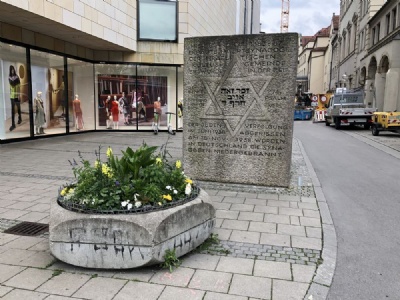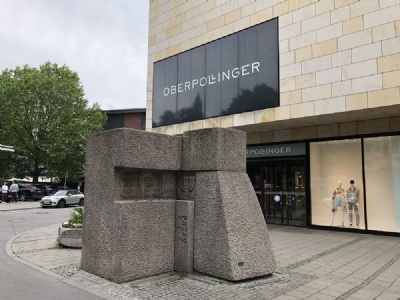München Synagogue
When Hitler was appointed chancellor in January 1933, there were about 9,000 Jews living in Munich. The Jews were well integrated into the community and there were two synagogues in the city. All over Germany, anti-Jewish measures were immediately introduced that gradually restricted and eliminated Jews legally, socially, politically and economically. By May 1938, about 3,100 had left Munich and emigrated. The largest synagogue had been built in the 1880s and immediately became a priority target for the Nazis. In June 1938, Hitler decided that the synagogue would be destroyed because it was too close to Nazi shrines and buildings like Haus der kunst, Feldherrnkeller and Königsplatz. The synagogue was thus destroyed before the great pogrom in November of that year when hundreds of synagogues around Germany were destroyed and vandalized in what has been called Kristallnacht. In addition to destroyed and vandalized synagogues, Jewish businesses were vandalized and Jews were beaten, even killed, imprisoned and put in concentration camps.
Current status: Demolished with monument (2022).
Address: Herzog-Max-Strasse 4, 80333 München.
Get there: Metro to Karlsplatz Station
Follow up in books: Gilbert, Martin: The Holocaust: A History of the Jews of Europe During the Second World War (1987).


The monument is pinched in between department stores and restaurants and it’s also a memorial for Kristallnacht and not just the Munich Synagogue. Between 2004 and 2006 a new synagogue was built in Munich called Ohel Jakob.